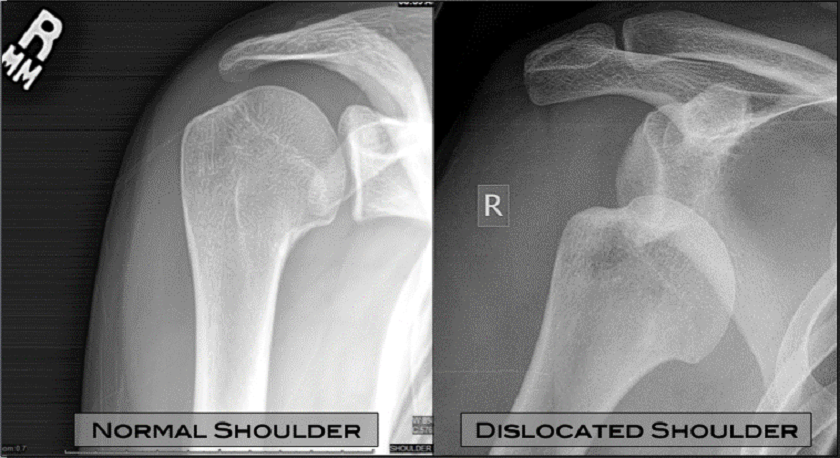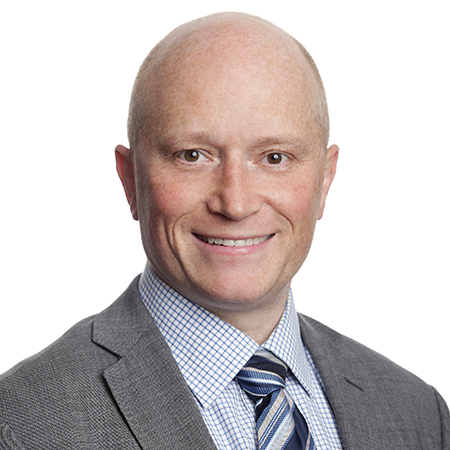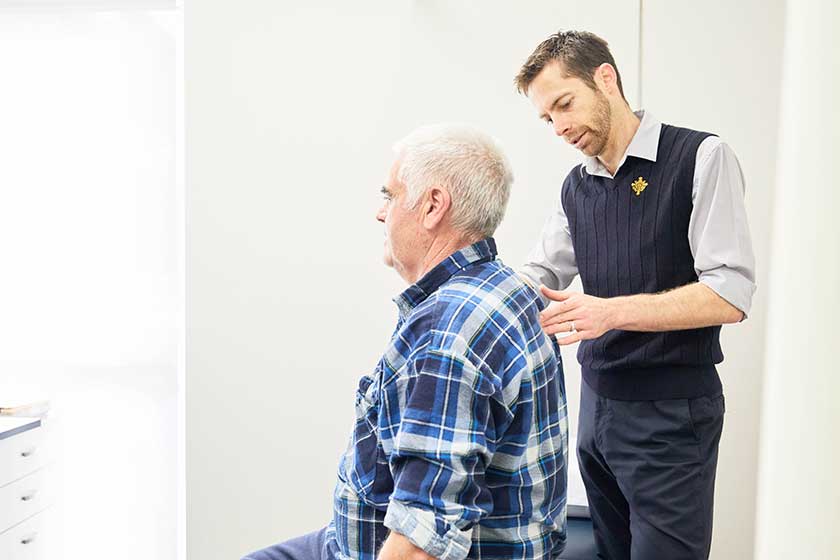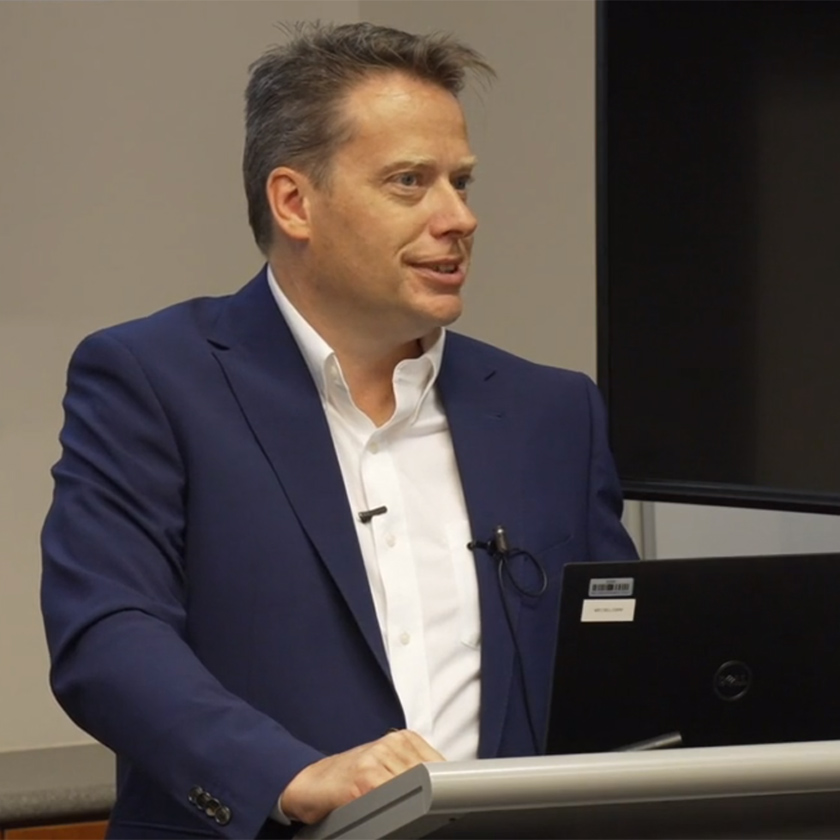The shoulder joint is considered the most unstable joint in the human body and traumatic anterior dislocation occurs when force is applied to the area, causing the humeral bone to be removed from the socket.
It is nearly always associated with structural lesions within the shoulder. These structural lesions occur secondary to the trauma of the humeral head being forced out of the socket during the anterior dislocation episode.
The types of lesions can include:
- Labral tears (Bankart lesions)
- bony damage to the anterior glenoid rim (Bankart fractures)
- bony damage to the posterior humeral head (hill sacs lesion).
Risk of re-dislocation
The risk of dislocating the shoulder again can depend on a variety of factors including age, participation in contact sports and extent of bony injury.
However, age is considered one of the most important risk factors. Young and athletic individuals in their teens and early 20’s are at the greatest risk of recurrent dislocation with a 90% chance. The recurrence rate drops significantly as the patient ages and there is a 20-40% chance of recurrent dislocation for those over 40 years of age.
Role of surgery for shoulder dislocation
Surgery to repair the injured labrum and capsule, and to address any potential bony injuries may be needed to restore stability to the joint.
Surgery is more often recommended for:
- young people
- those with multiple dislocations
- those with associated bony injury.
In most cases, surgery involves arthroscopic repair of the injured labrum and capsule. This is known as an arthroscopic labral repair (Bankart procedure) or transfer of the coracoid to the anterior glenoid (Latarjet procedure).
Recovery
Both operations have a similar recovery time and patients will usually stay at least one night in hospital and spend four-to-six weeks in a sling (depending on surgeon preference) followed by rehabilitation with a physiotherapist.
Recovering a full range of movement can usually take four-to-six months. Patients can usually return to work after six weeks but this may vary up to three months depending on their job. Results of surgery are very good if the correct operation is selected with a 95% chance of total stability.







